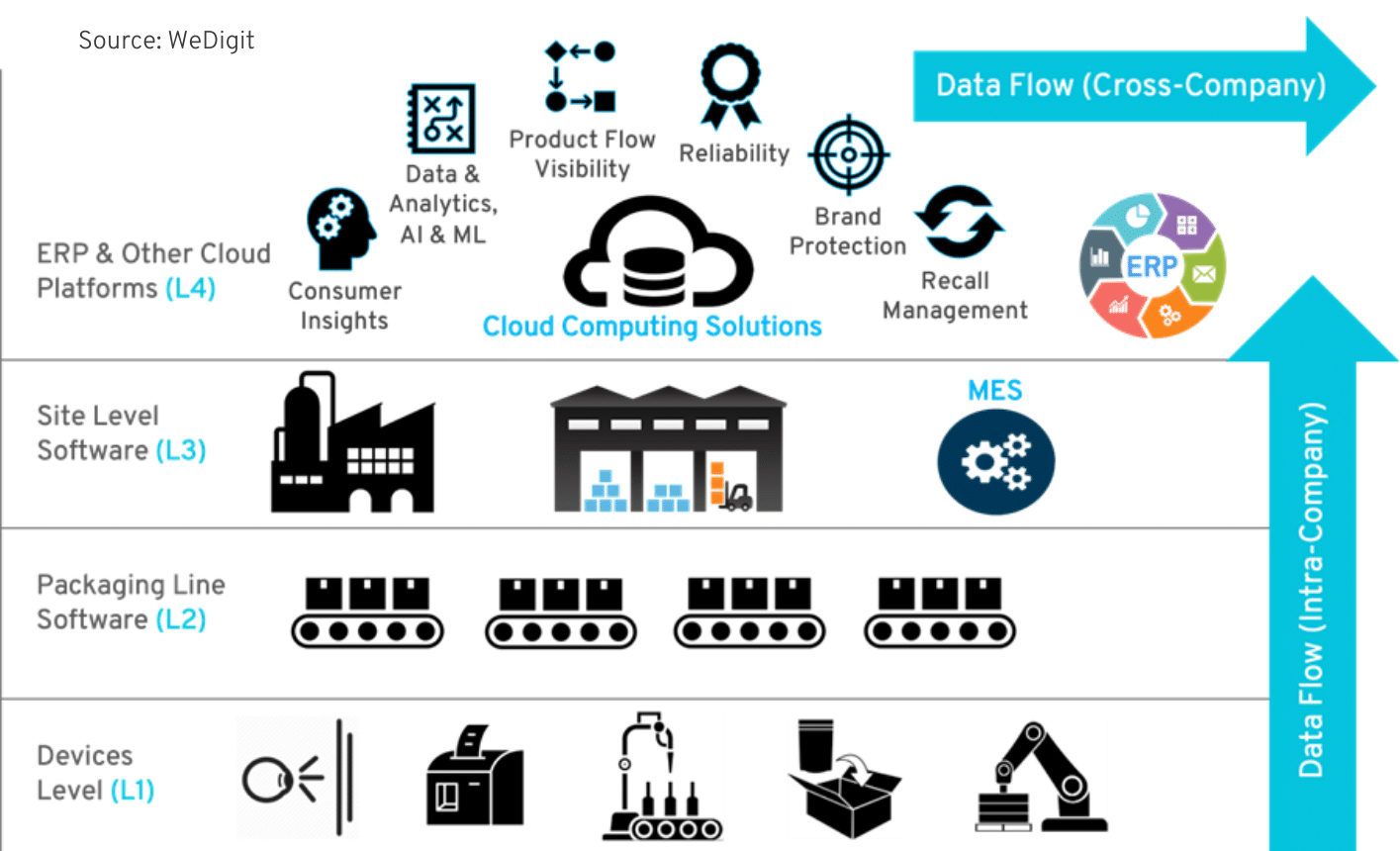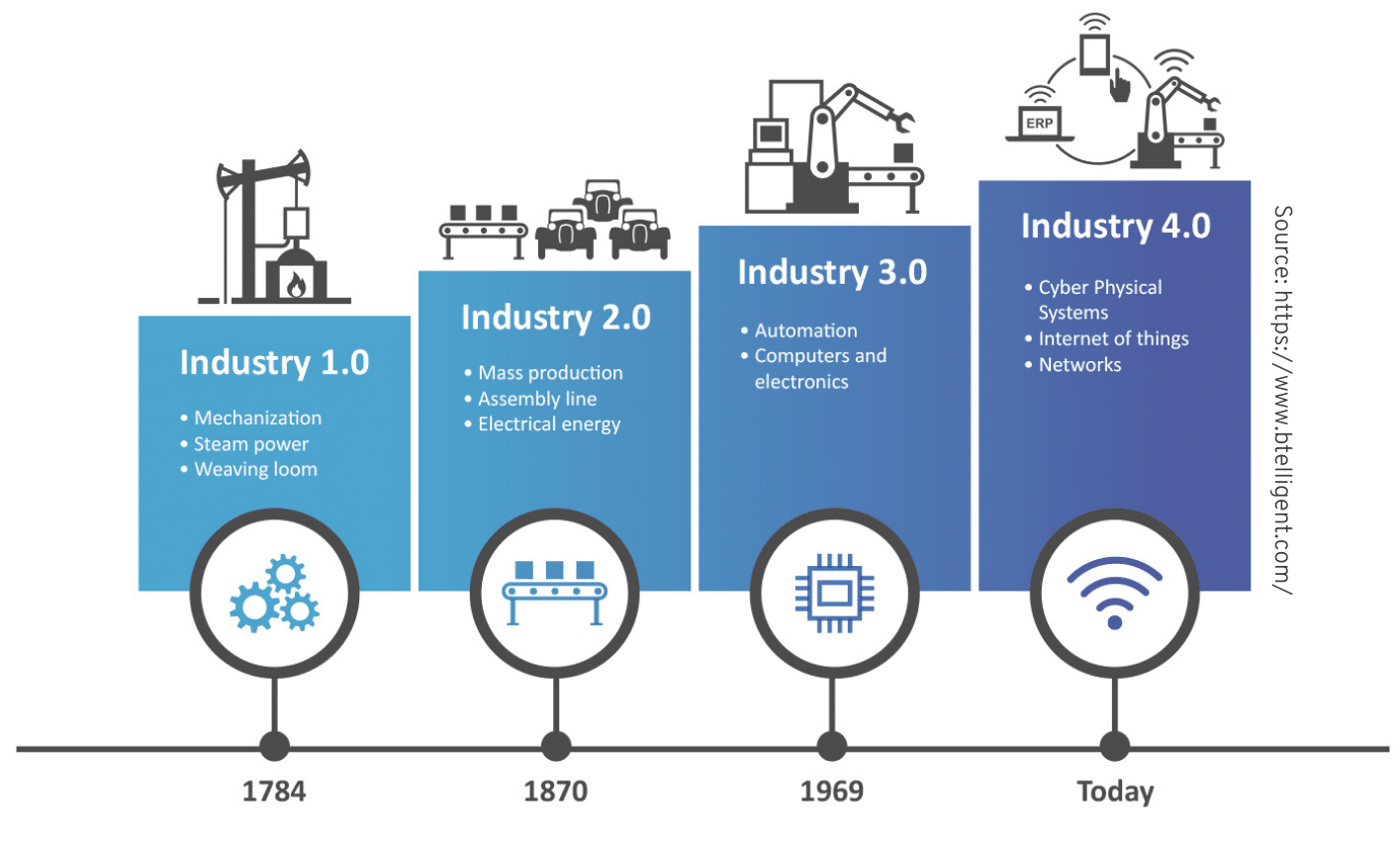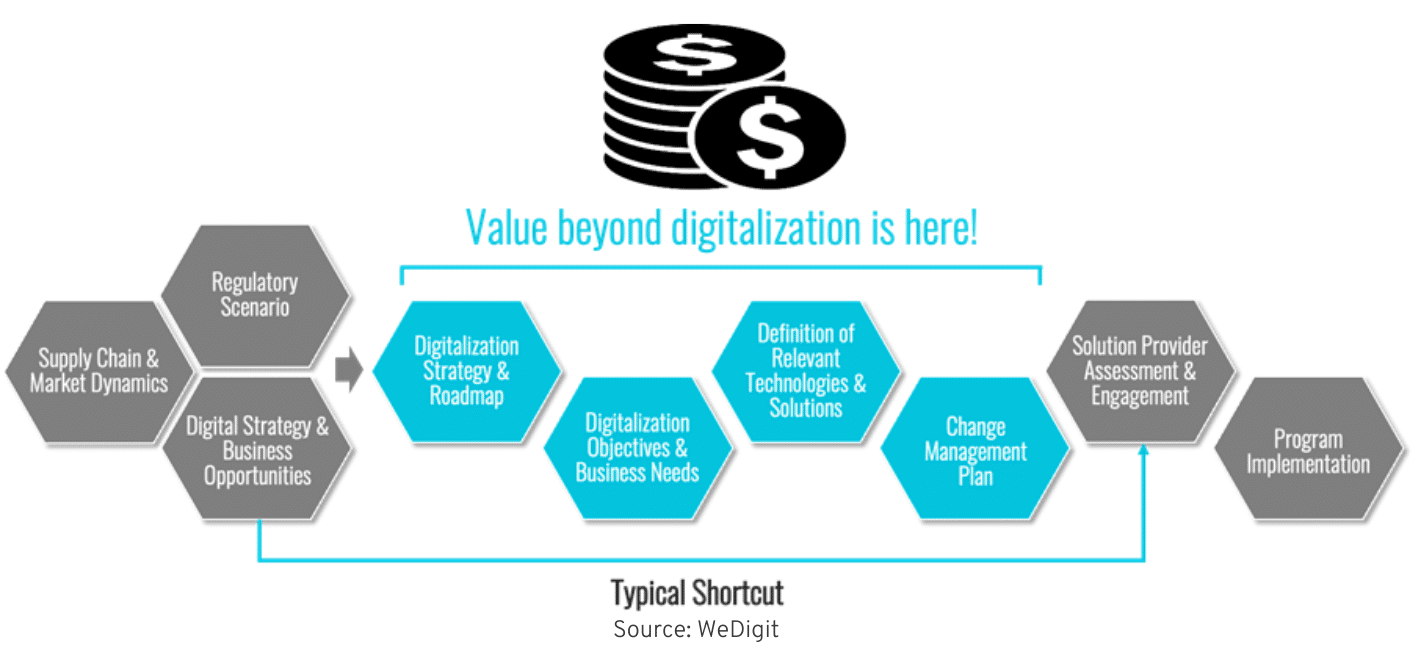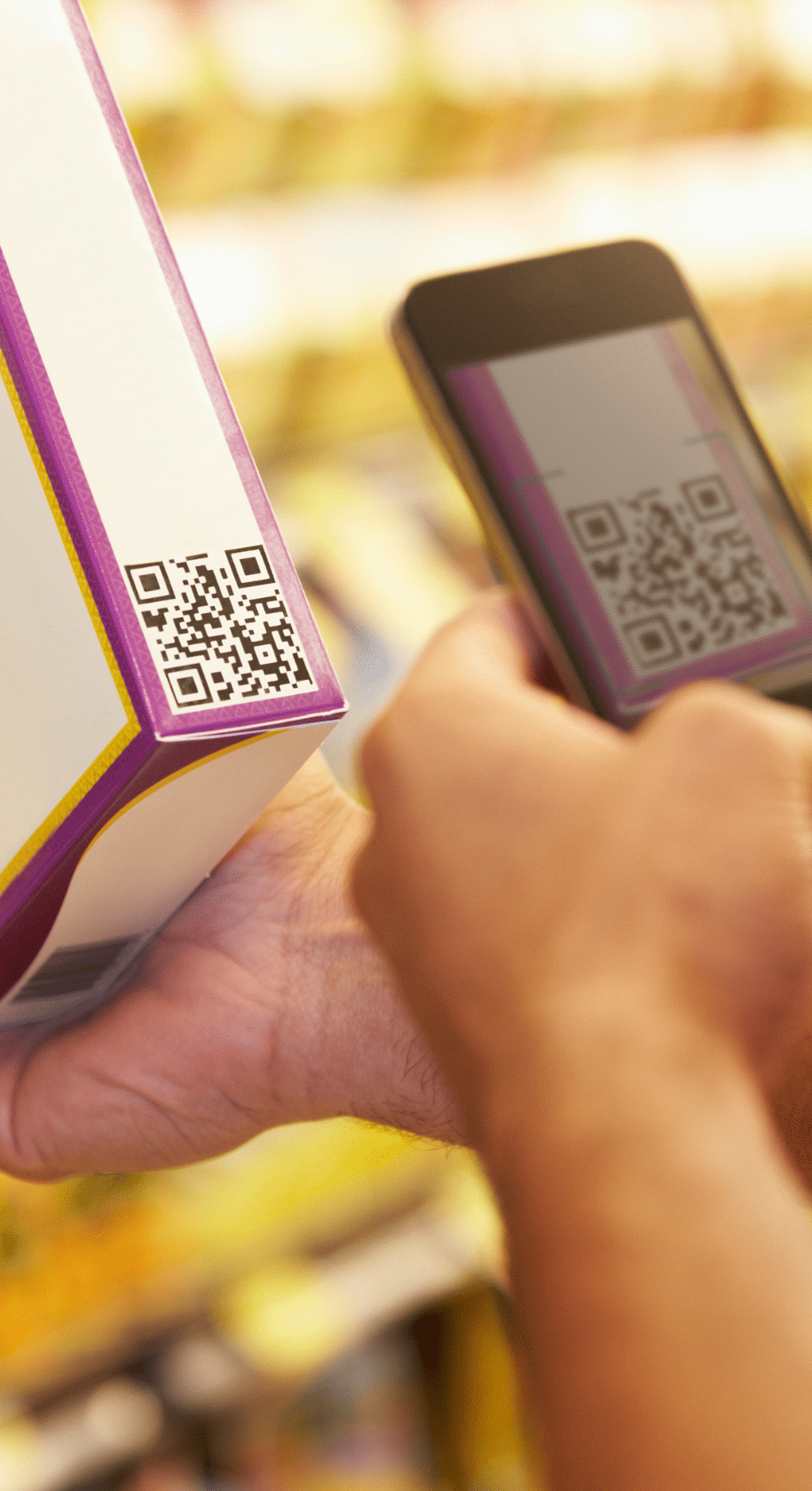It seems like yesterday when I was connecting an ethernet cable to the main switch at the company’s Energy Distribution Monitoring Center, as a way to integrate our operations/industrial network to the corporate network, just for a couple of minutes! After data was collected from the real-time monitoring systems, the cable was then disconnected again, all part of a daily “ritual”.

The year was 2000 and I had just left university. My experience in the initial months at this relatively big corporation was very exciting due to the opportunity to build a reporting system using the most advanced computing model at that time (client-server), consolidating industrial automation data to support decisions that would be for the first time in the company, data driven.
What were we afraid of?
The biggest concern was cyber security. All aspects of real-time monitoring and remote controlling of substations, power generation plants and transmission lines was integrated into a SCADA system (Supervisory Control and Data Acquisition), functioning through a dedicated network. This network didn’t have any connection with the corporate network, which could potentially be subject to cyber attacks, as the later indeed had access to the web, with the protection of a firewall. The top management order at that time was clear: “Corporate network and the real-time monitoring systems network should remain isolated”.
Nowadays things are changing drastically. IT (Information Technology) and OT (Operational Technology) have been for many years converging into something that is becoming truly end-to-end and borderless. I say it is borderless because the level of integration among equipment from different vendors, the sophistication of protocols to ensure data exchange across devices in different levels of the IT architecture, and the easiness to integrate systems and solutions has increased very rapidly across the years.
The picture below is based on the ANSI/ISA-95 standard and can vary depending on the sector of the industry, but it represents different equipment, IT and engineering components, connected into a typical digitalization ecosystem. The devices, solution providers and software brands can change depending on the industry sector, but the concepts are the same regardless of the sector.

What does Industry 4.0 have to do with it?
Industry 4.0 technologies go much beyond IT/OT convergence, but they depend on that for its benefits to become a reality.
Several technologies are embedded into the Industry 4.0 concept, but it doesn’t mean all of them would be implemented for every organization. The business needs, how the organization envisions competitive advantage to be created, and sometimes regulatory needs will determine what solutions will be part of the organization’s digital roadmap.
If we take only IoT (Internet of Things) as an example in a single company’s context, different product lines may exist, and each one of them with their own supply chain challenges, will ultimately require different approaches, for example:

- High value-added products: more flexibility to invest on sma rt labels to be used to automate distribution and logistics processes as well as retain and enhance consumers’ experience.
- Low margin products: low-cost unique identification methods such as 2D barcodes can be used, combined with the aggregation concept (bundle, shipper case, and pallet levels) to increase supply chain efficiency and reduce operational costs. Smart tags in this case can be used at pallet level for Inbound/Outbound automation, but not necessarily for every sellable unit.
In both situations, warehousing processes can be automated, reverse logistics can be enhanced, consumers can check product authenticity and raw materials provenance, use cases related to brand protection, marketing and sustainability can also be explored. The end goal may be the same, but the business processes and technology components used will be different.
This is a simple example showing how different realities of product profiles, business models, processes and requirements can determine what technology components will be used for digitalization initiatives. Not the other way around.
Value beyond digitalization, what is it?
Many “environmental” factors can push companies towards the digital era. The movement can be started due to market dynamics and competition, supply chain integration and automation opportunities, digital strategies aiming to enhance the brand connection with consumers, regulatory requirements, and others.
However, a common mistake that many companies make is to shortcut the critical steps of a process that can boost their digital transformation results. It is not a best practice to start looking for solutions (internally and externally) without going through a more formal and internal process to detail the “tactics” necessary for value to be truly realized.
Before the actual technical implementation is kicked-off, either experienced internal stakeholders, or a niche consulting firm can support an organization to explore the benefits of the steps highlighted in blue, in the picture below. 
At this point you have probably realized already that digital transformation and adoption of Industry 4.0 concepts, is not the implementation of technology by itself, but a method to increase the company’s digital maturity over time by using different technology components, in a process that creates differentiation against its competitors. It is something deeper, more complex, but also more rewarding. This is the key concept that executives need to understand and somehow put into practice, within the organizations they belong to.
Does it make sense to you so far? Let’s now look deeper into the Industry 4.0 domain and let’s walk through some practical examples on how they are been used.
What are the most common Industry 4.0 technologies?
Let us focus now on the most common Industry 4.0 technologies available out there and how they can bring your business into another competitive level.
IoT can be applied to devices, equipment in manufacturing sites, or any other assets, to pro-actively indicate maintenance needs, increase performance, increase availability, among other use cases. The usage of IoT in industrial environments is called IIoT (Industrial Internet of Things).
IoT can also be applied at the product level via barcoding and smart devices such as RFID tags, BLE (Bluetooth Low Energy), NFC (Near Field Communication), and others. The concept of identifying uniquely each individual unit of a product and tracking it throughout the supply chain until it reaches the end consumer is called Product Traceability.
 Many industry sectors are nowadays investing time and resources to deploy such processes (e.g., Food & Beverage, Pharmaceuticals, Tobacco, Electronics, Apparel, others). Brand protection, enhanced recall management, smarter warehousing operations, supply chain visibility, better inventory management, mitigation of counterfeit and parallel trade, sustainability, among others, are some of the benefits this traceability process brings to businesses across the globe.
Many industry sectors are nowadays investing time and resources to deploy such processes (e.g., Food & Beverage, Pharmaceuticals, Tobacco, Electronics, Apparel, others). Brand protection, enhanced recall management, smarter warehousing operations, supply chain visibility, better inventory management, mitigation of counterfeit and parallel trade, sustainability, among others, are some of the benefits this traceability process brings to businesses across the globe.
Enhanced consumer experience by connecting smart labels to mobile applications, bringing consumers right in the heart of marketing campaigns, consumer retention strategies, information about raw materials provenance, are examples of other use cases more consumer oriented.
IoT can also be applied to logistics processes by tracking products in transit within a vessel, an airplane, a train, or a truck for example. The opportunities with enhanced visibility are endless.
CLOUD COMPUTING is another Industry 4.0 technology, and it comes as an enabler for data driven decisions. It doesn’t matter where the information is coming from, how it is collected and how it is shared, as long as it is consolidated and processed in the cloud. Accessibility is the current watchword. Mobile applications feeding or consuming information from the cloud, dashboards, real-time operations visibility, business insights and other advantages are heavily explored nowadays, taking advantage of master data and transactional data consolidation in these sophisticated platforms.
BIG DATA also can be considered a technology that helps and supports Industry 4.0 strategies. This is about unstructured data that can come from any source: documents, news websites, social media content, and others.
Some companies are nowadays using structured data (e.g. inventory levels at retail stores), in combination unstructured data (e.g. holidays, weather condition, news on the web), to better forecast sales on a given geographic location during a specific period of time. For example: a holiday happening on a Friday or Monday, combined with rainy weather and a positive perception about the safety of being in public places during the pandemic, can pro-actively tell a chain of retail stores that in a given weekend they will need 20-30% more inventory at the stores located at shopping malls as crowds tend to concentrate on these places under such conditions. Everything related to inventory movements can be anticipated and sales are not lost.
AI/ML (Artificial Intelligence and Machine Learning) are additional Industry 4.0 technologies that are booming up everywhere. Business insights, data driven decisions, more visibility about business operations, insights about product flows and consumer behavior can easily create competitive advantage to any organization. The right time to do the maintenance in a manufacturing equipment/asset, automatic quality checks and visual inspection at packaging lines, just-in-time operations enablement, indication of goods diversion and counterfeited products via smart labels or barcodes scanned by supply chain partners or consumers, suggestions of online content related to the products that people are consuming, are very simple examples of opportunities driven by AI/ML.
Finally, ADVANCED ROBOTICS is the use of smart machinery to perform repetitive tasks in industrial environment. Compared to early generations of robots, the new robotic systems bring a superior perception, adaptability, integrability, and mobility. As the usage of robots grow within the industry in general, costs to acquire, operate and maintain such systems also decrease, helping to increasing affordability and access to such solutions.
Conclusion
In the past, OT had no evident integration with IT. End-to-end use cases were not much explored. From an IT perspective, applications were siloed, even though they were still bringing a significant ROI, but without an end-to-end and strategic long-term vision.
Nowadays, companies have all the tools to ensure interoperability, integration, and end-to-end perspectives are brought into business models. Competition among solution providers, cloud platforms, equipment, and devices suppliers, combined with a more massive adoption of technology, are bringing implementation costs down significantly.
The complexity however resides on a typical fragmented business setup. Lack of true integration across functional areas, legacy software solutions, difficulties to consolidate data from disparate systems and business processes, lack of internal alignment, are some examples of roadblocks to true digital transformation that many companies still face nowadays.
In this scenario, the best antidote is to invest on Change Management techniques as a toolbox for the workforce to transform its mindset towards a digital culture. Digital transformation will never occur without a Mindset transformation. As already mentioned previously, digital transformation is not about deploying technology, but it is about a transformation of the business.
WeDigit is a boutique consulting firm specialized in supply chain management and digital transformation. All recommendations and best practices shared in this article are based on our hands-on experience with digital and global programs. Count on us if we could be of serve in any of these topics in the context of your organization.
We also hope the basic concepts related to business digitalization, Industry 4.0, as well as the right angle to look at technology adoption are now making more sense to you!


